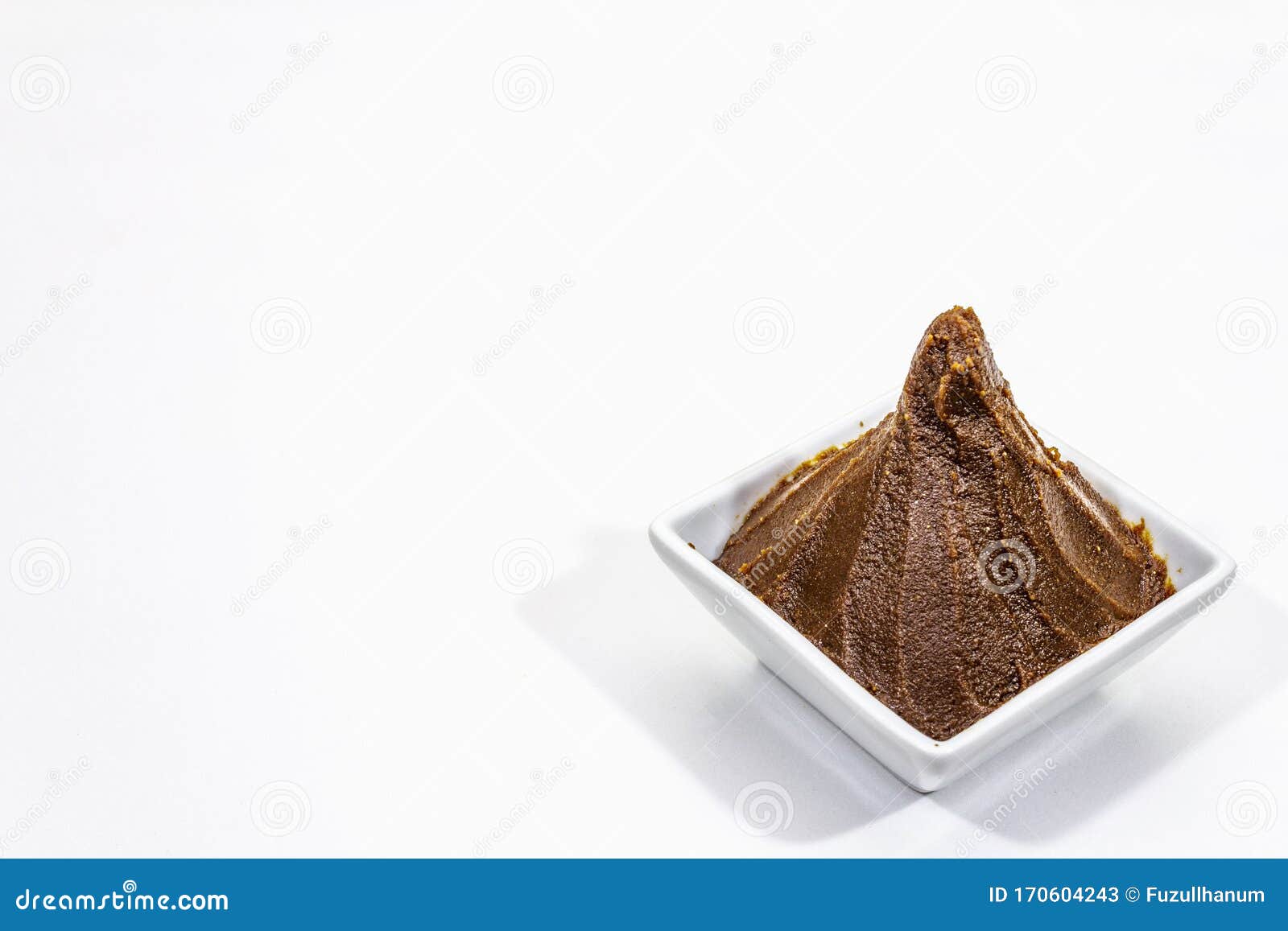

I invite you to take a peek at the list of my 10 favorite recipes with miso paste below. I promise you’ll wonder why you’re only discovering this unique ingredient just now! noodleor pasta sauce– yep, how could I omit this? Miso is an excellent umami booster for any type of sauce, especially for soba noodles (if you ask me)!Īre you ready to put all this information to practice? If it’s your first time using miso paste in a recipe, get ready to be shocked by the amount of amazing taste that a little bit of paste hides inside it.

#Brown miso paste how to
Now that you know all this practical info about how miso is made and how to properly dissolve it, let’s find out some popular ways of cooking with it: The key here is to use a blender for a smooth result.

Then you can whisk your miso paste into the liquid and adjust the quantity to taste.Īnother thing to note is that, if you’re using miso into a salad dressing, for example, you’ll quickly realize that it won’t blend nicely with oil. Take off your soup from the heat and wait for some minutes. How to do it, though? The idea is to use a warm liquid instead. Okay, you can do it, but this means you’ll kill all the amazing probiotics found in miso and you’ll only be left with the taste and none of the health benefits. But if you’re thinking that you can just throw your miso paste into boiling water, you’re wrong. The most common dish you can make with miso paste is, of course, miso soup. It’s a win-win situation if you ask me, and the taste is SO good! How do you dissolve miso paste?
#Brown miso paste plus
Plus folic acid!īy the way, I recently started using miso paste instead of salt in some dishes in order to add both flavor AND lots of probiotics. It’s also rich in minerals and lots of B vitamins as well as K and E. Yes! As I mentioned before, miso is a fermented food, which means it’s rich in good bacteria and probiotics, which come with lots of benefits for our gut health. If you have to use white miso, use a smaller quantity of dark miso and the other way around. Just make sure that, if you’re not using the same type of miso that the recipe states for, you’re adjusting everything to taste. These types of miso are, of course, interchangeable, as they’re made from the same ingredients. It all depends on the amount of time each of them has been left to ferment. Miso paste comes in various colors – white miso is milder and sweeter, while red miso (more like dark brown) has a more intense flavor. The good news is that, if refrigerated, this type of fermented paste can last around one year without changing its consistency or quality. TIP: In case you made a Japanese recipe a while ago and it involved a small amount of miso paste, chances are you still have the rest in your fridge. You’ll see exactly what I mean down below! It’s traditional to the Japanese cuisine, but nowadays you can use it in COUNTLESS other recipes, Asian-inspired or not.
#Brown miso paste full
Miso paste is salty and full of umami flavor.

Koji is naturally found in Japan, which is why you shouldn’t be surprised that both sake and soy sauce are also made with this type of fungus. It’s basically fermented soybean with salt and koji (a type of mold/fungus). Miso paste is, in short, a fermented paste.


 0 kommentar(er)
0 kommentar(er)
